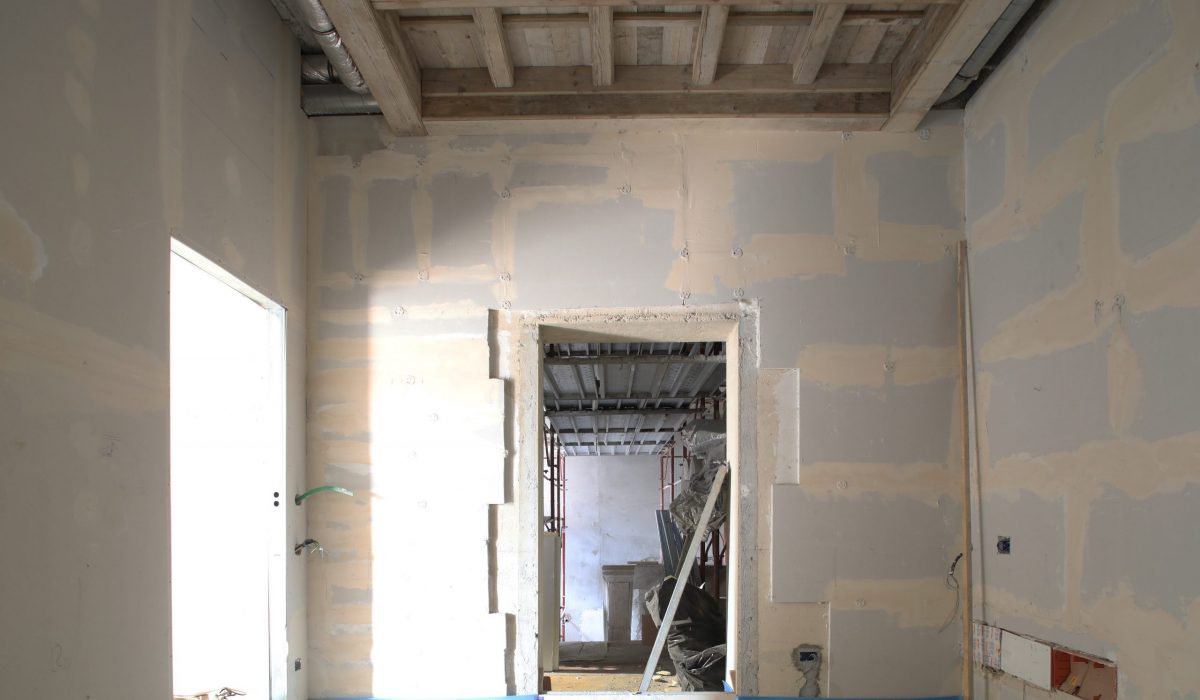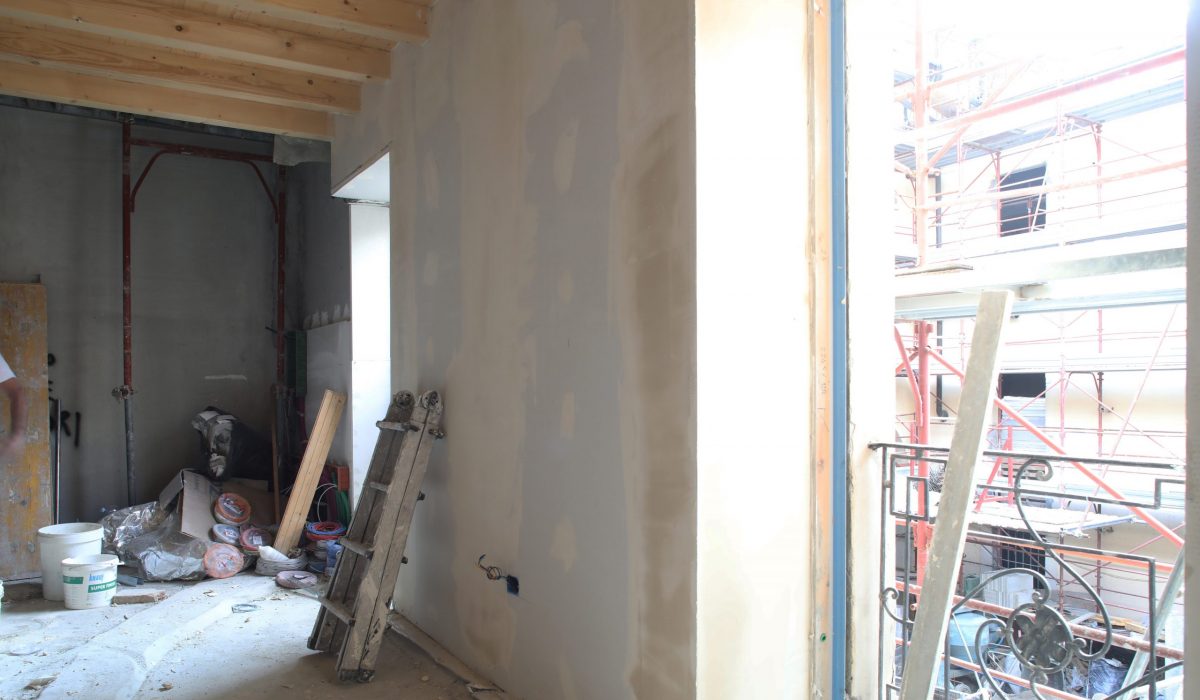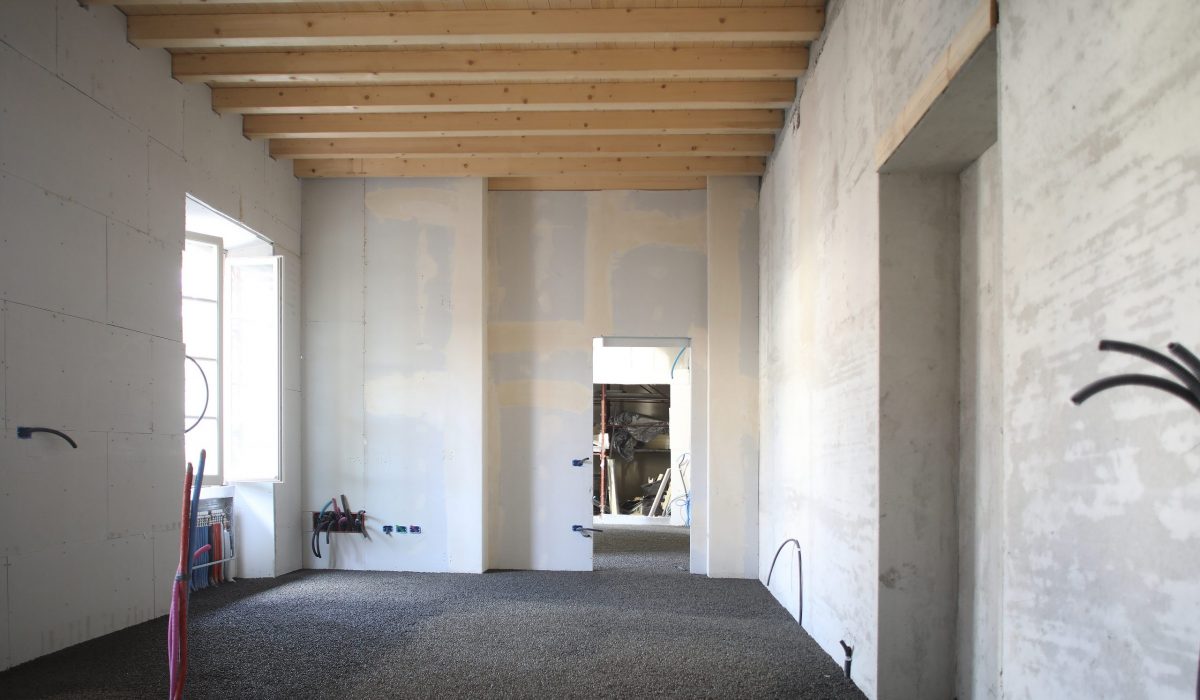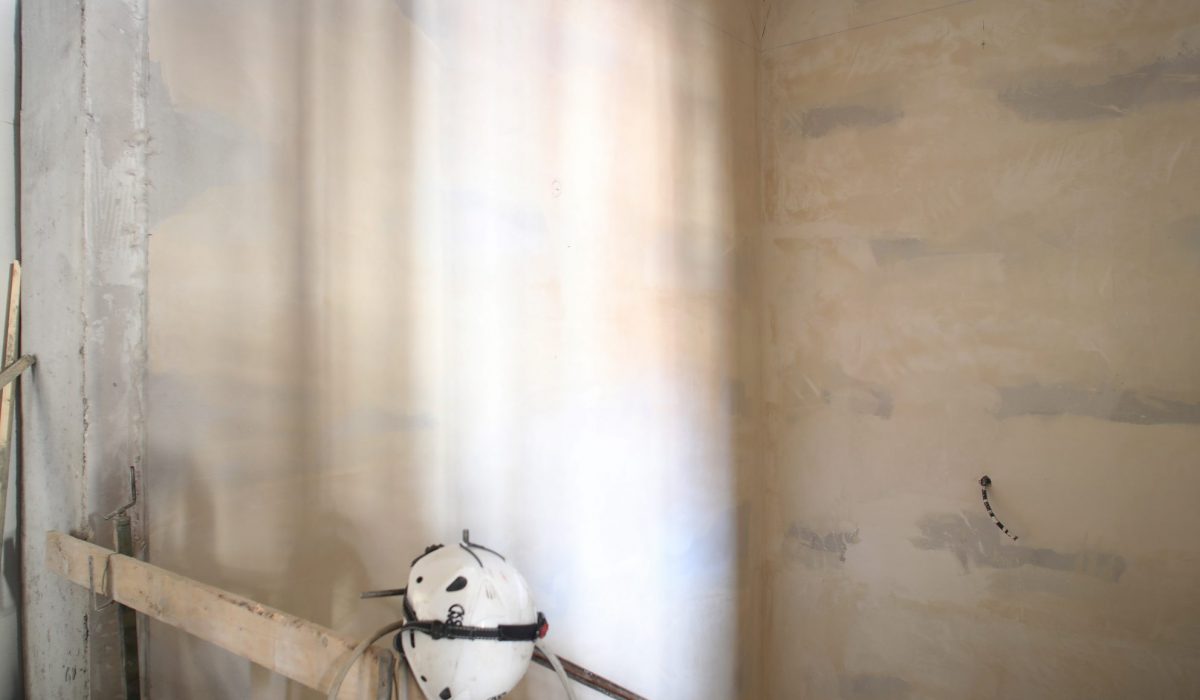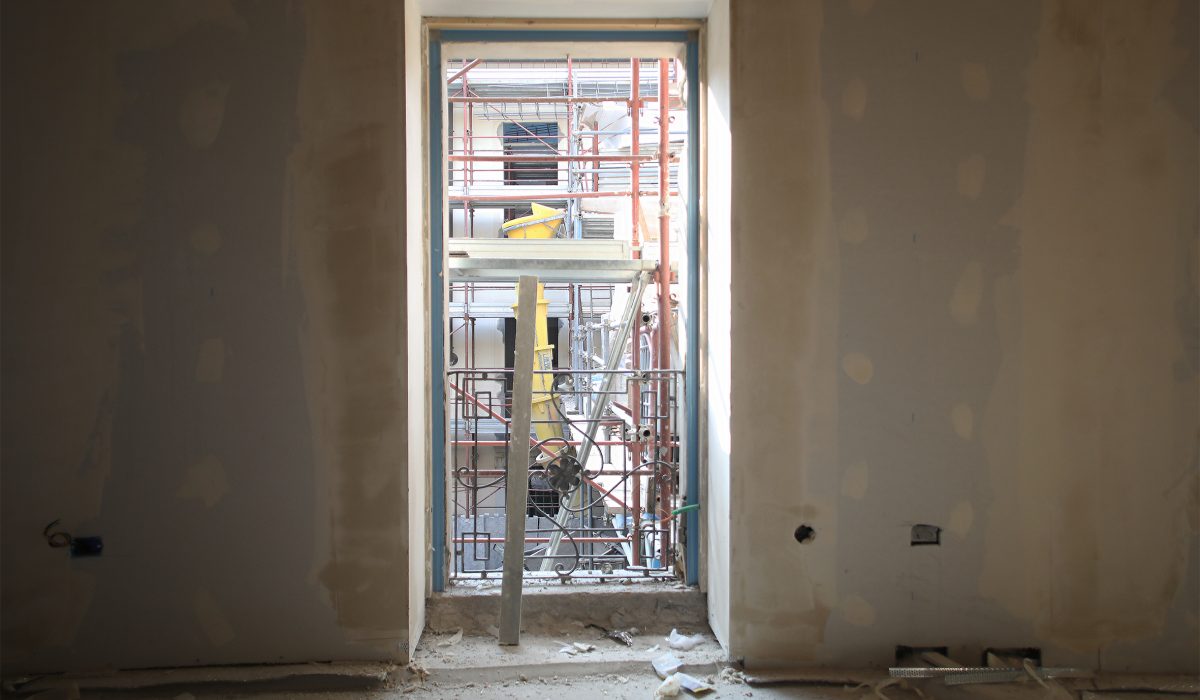During the restoration and recovery of an old building in the historic center of Brescia the main focus was the improvement of the energy efficiency of the historical buildings. Thanks to the creation of appropriate thermal insulation “packages”, we significantly increased the comfort and overall energy performance of the building. The Aerogips panel was among the protagonists of this project.
Aerogips in Brescia
The energy improvement of an historical building
The recovery and restoration project of an historical building in the historic center of Brescia is the protagonist of this article. The building dates back to the 1600s and is partially subject to the constraints of the protection of historical monuments.
This project has looked for the most innovative technologies and the most performant materials to satisfy the need of the client for a high living comfort. This requirement must be met while also respecting the constraints mentioned above and the original historical and monumental features of the building.
In order to achieve this result, the project did not affect in any way the facades and roofs of the building. The internal spaces were modified form a construction level as well as a structural and plant level. The project is by “Lussignoli Associati Società di Ingegneria”, located in Brescia.
The living comfort as the focus of the project
Great attention has been paid to the energy efficiency of the building by operating on two levels: insulation and plant engineering. On the one hand, therefore, suitable insulation “packages” were chosen, both vertical (external masonry) and horizontal (floors and roofing), to limit energy losses. On the other hand, we opted for high-efficiency systems by using the energy source provided by the urban heating combined with heat pump systems.
The energy efficiency of vertical and horizontal structures
The improvement of the levels of energy efficiency has led to the creation of vertical and horizontal insulation packages, suitable for the achievement of the current regulatory requirements.
Internal dry insulating counter-walls have been created in adherence to the external load-bearing masonry (stone/ brick/ cement) using mostly heat-reflective materials paired with fiber plaster sheets. In cases where – due to needs related to interior design – the use of reduced thicknesses without losing efficiency was required, the Aerogips panel paired with fiberglass plaster sheets was chosen.
The energy efficiency of the roofs, doors, and windows
For the roofs we designed and created a 20cm insulation package in wood fiber, installed without affecting the total external heights of the roofs and of the existing cornices.
We then substituted all the doors and windows without modifying the original geometry.
The use of such technical solutions has permitted creating internal thermal insulation systems while respecting the normative requirements that forbid the increase of the total volume of the building nor the gross built-up surface.
The thermal insulation of the vertical walls
The vertical walls were insulated by creating dry counter-walls and finishing plaster sheets of different thicknesses. Different layers of thermoreflective material of varying thickness were installed between the sheets.
For the splays and vaults of the windows, in order to avoid any alteration in the morphology or dimension of the openings, we used Aerogips panels.
Thanks to the help of Geatec Sas, located in Brescia and specialized in consultancy in the sector of energy efficiency, we chose to use the Aerogips panel, especially thanks to its highly efficient characteristics with regard to thermal insulation.
